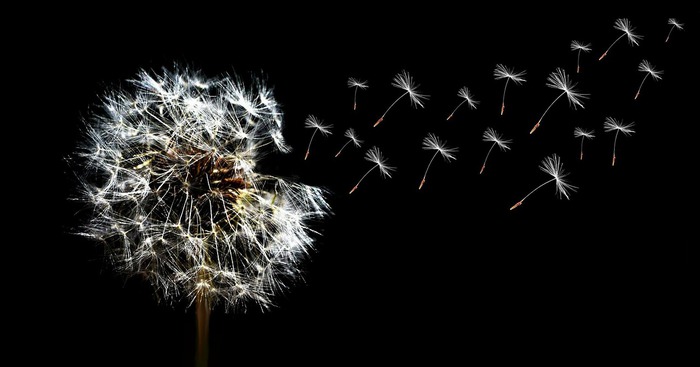After the plant robots, the first robots inspired by seeds are being studied: small, soft, intelligent and biodegradable, they will be able to disperse autonomously in the environment, screwing into the ground or flying in the air, to act as sensors and monitor parameters such as temperature, humidity. , concentration of carbon dioxide and pollutants.
Their development is at the center of the new European research project I-Seed, funded with 4 million euros by the European Union and coordinated by the researcher of the Italian Institute of Technology (IIT) Barbara Mazzolai, to whom we owe the first plant robot in the world.
For Italy, the BioRobotics Institute of the Sant'Anna School of Advanced Studies and the Institute on Air Pollution (IIA) of the National Research Council (CNR) are also involved.
The I-Seed project aims to develop two types of seed robots: I-Seed ERO, which will penetrate the ground through a movement made possible by its corkscrew shape, and I-Seed SAM, which will fly and operate in the air and on the surface of the ground.
The dispersal of the seeds will take place through a drone that will spread them on cultivated fields or prairies: using specific software, the researchers will be able to track their position and monitor the conditions of the soil.
To facilitate tracking, the semi-robots will be fluorescent and the drones will use a laser scanning system (LiDAR) to detect them remotely.
The IIT researchers will deal in particular with the design and construction of the two robots starting from the study of the biomechanics of natural seeds and investigating new engineering, design and bio-inspired materials solutions.
The team of the Scuola Superiore Sant'Anna will contribute to the development of mathematical models that will be used to define the mobility of the two robots.
The CNR group will study the sensor network for environmental analysis and identify the sites where the seed robots will be tested.
It will also contribute to the definition of standardization protocols for their operation as well as to the creation of the cloud infrastructure for data sharing.

